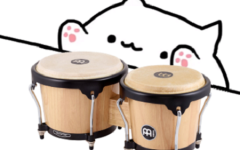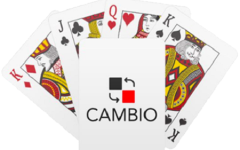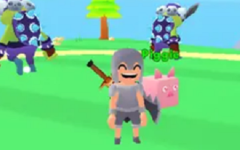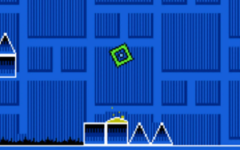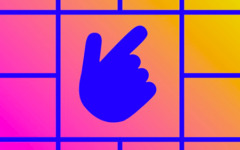Advertisement
Mr. Magpie’s Harmless Card Game
Advertisement
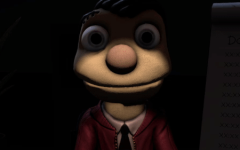
Mr. Magpie’s Harmless Card Game begins with a grid of unknowns. The player’s goal is to earn enough money by flipping cards before time runs out. Each card holds a different possibility — some bring gain, others bring loss, and a few may end the round instantly. The table is simple, but the outcomes are not. Every decision affects the chances of reaching the final target. There is no narrative, just the board and the rules it follows.
Managing Uncertainty
The player is never shown what lies beneath a card until it is flipped. This makes early moves relatively blind. However, some cards offer clues about nearby threats or rewards. Using this information wisely becomes essential. The player must weigh the value of each action: continue to press for profit, or end the round and keep the money? Flipping one more card could lead to a bonus or could remove all progress. The challenge comes not from the cards themselves, but from the decisions around them.
Core Features of Mr. Magpie’s Harmless Card Game
- A randomized grid layout in every session
- Simple interface focused on decision-making
- Hidden cards that include money, enemies, and modifiers
- A timer that adds pressure to every round
- Unlockable perks that adjust gameplay strategy
Each of these elements contributes to a design that rewards caution, pattern recognition, and the ability to walk away at the right moment.
Upgrades and Adjustments
The game includes a selection of perks that can be purchased using collected money. Some perks offer a chance to reveal nearby cards, while others allow recovery from mistakes. Choosing which perks to buy influences how future rounds unfold. The player must decide between short-term tools and long-term stability. There are no tutorials explaining the best path. Learning happens through experience — both successful and failed runs contribute to a better understanding of the game’s rhythm.
Winning Through Restraint
Mr. Magpie’s Harmless Card Game is about tension created by simple choices. There are no elaborate mechanics or multiple stages. What drives the game is the balance between reward and risk. The design keeps the player in constant motion between curiosity and fear of failure. Victory comes not just from luck or bold moves, but from knowing when to stop. The game builds its impact not by expanding what’s possible, but by narrowing each round to a single, repeatable question: is it worth one more flip?




































































































































